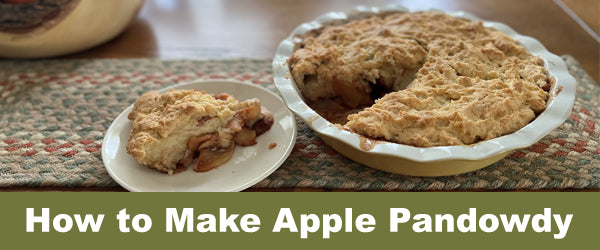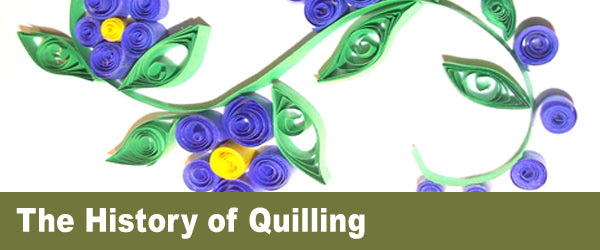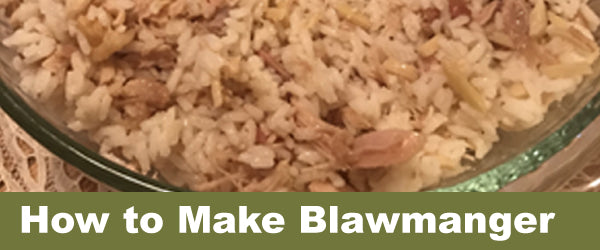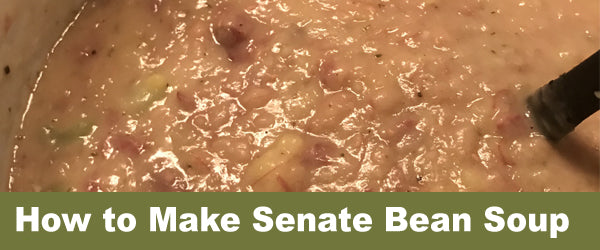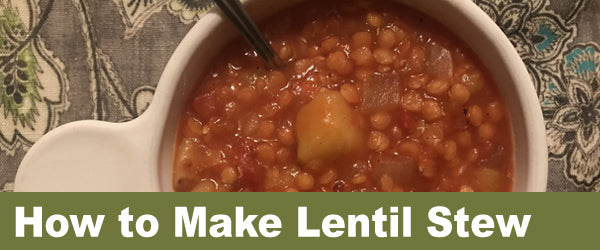
Posted by The Home School in the Woods Team on
The mingling of apples, dough, sugar, and spice has been loved by all for centuries. Once America’s staple dessert, Apple Pandowdy “made your eyes light up and your stomachs say howdy!”. If you plan on studying the early 19th century with your kids, you’ll definitely want to include this simple and delicious recipe.
- 0 comment
- Tags: American history, Hands-on history, Historical Food, Historical Recipes, Kinesthetic Learners, Medieval History
Posted by The Home School in the Woods Team on
What is something Jane Austen, the Brontë sisters, and Joseph Bramah had in common? The answer may shock you – it's quilling! Paper quilling is an art form that involves the manipulation of paper to create breathtaking designs.
Posted by The Home School in the Woods Team on
If you’re studying the Middle Ages with your kids and are looking for a fun, hands-on way for them to learn about the Medieval era, we encourage you to make "blawmanger," a dish that consists of simple ingredients like rice, almonds, almond milk, chicken, and sugar.
Posted by The Home School in the Woods Team on
While teaching children about the role of government in our society is essential, it can be daunting to learn, with lots of memorization and dull textbooks. There’s a way, however, to make learning about the presidential election process fun. So what’s the secret sauce? Well, it’s not actually sauce – it’s soup!
- 0 comment
- Tags: American history, Hands-on history, Historical Food, Historical Recipes, Kinesthetic Learners, U.S. history
Posted by The Home School in the Woods Team on
One of the many ways we like to include hands-on learning in our lessons is by adding historical recipes. Lentils are an ancient legume that originated in Eastern and Mediterranean regions. This earthy, nutty-tasting legume comes in hundreds of different varieties and colors, including red, brown, and green.
- 0 comment
- Tags: Hands-on history, Historical Food, Historical Recipes, Kinesthetic Learners, World History

